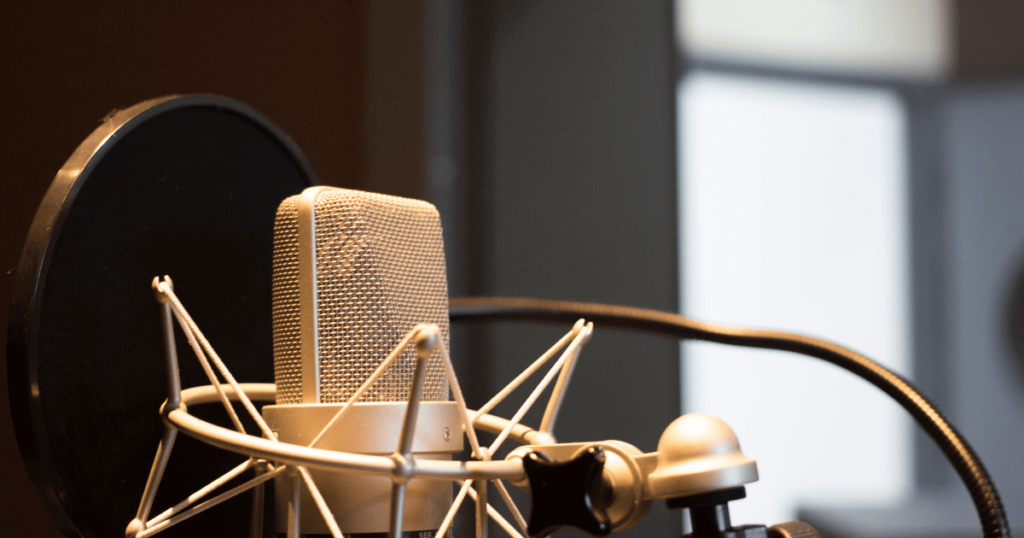Have you ever been playing a game and someone’s keyboard is so loud, it’s all you can hear? It’s like their keys are doing all the talking!
Well, this article is going to help make sure that doesn’t happen to you. We will show you how to make your microphone just hear your voice, not your keyboard.
So the next time you’re gaming, your friends will hear every word you say and not the tap-tap-tapping of your keys. Let’s get started!
Key Takeaways to Reduce Keyboard Noise
- Keep your microphone close to your mouth with a boom arm, and use a shock mount to avoid picking up keyboard clatter and other vibrations.
- Opt for a quieter keyboard with soft-touch keys and dampen key noise further with O-rings and a cushioning pad underneath.
- Choose a high-quality or dynamic microphone that’s designed to focus on your voice and ignore background noise.
- Tweak your microphone’s gain and sensitivity settings to capture only your voice and consider using push-to-talk to keep the channel clear.
- Implement a noise gate to ensure your microphone transmits sound only when you’re speaking, keeping your audio crisp and free of keyboard sounds.
Hardware Solutions
Proper Microphone Placement

Positioning your microphone correctly is super important. You want to put it close to your mouth but far from your keyboard. This way, it picks up your voice clearly for everyone to hear, not the clicking of your keys.
Boom Arm
A boom arm is a tool that holds your microphone and lets you move it to the best spot. When you use a boom arm, you can put the microphone right where you need it, so it’s just your voice that gets heard, not other noises around you.
Shock Mount

A shock mount is really handy for cutting down on noise. If you hit your desk or type hard, it can stop those vibrations from reaching your microphone. Less vibration means less chance of your keyboard sounds being picked up.
Keyboard Modifications
Your keyboard is an essential tool, but it doesn’t have to sound like one.
- Quieter Keyboards: Consider silent mechanical keyboards. Switches like “Red”, “Black”, or “Brown” are known for their stealthy sound.
- O-Rings: These tiny rings can be added to your keycap stems. They’re like silencers for your keys, reducing that “clack” noise.
- Keyboard Pads: A soft landing makes for a quiet keyboard. Place your keyboard on a soft pad to minimize noise and vibrations.
Microphone Choices for Clearer Gaming Communication

High-quality microphones are the secret weapon for clear voice transmission. They’re designed to pick up your voice and leave out all that background noise, so your teammates hear your calls, not your clacking keys.
Dynamic microphones, in particular, are the heroes of this story. They’re less sensitive to the sounds you don’t want, like the buzz of your room or the click of your keyboard. This means they’re great at picking up your voice and nothing else, which is perfect if your gaming den isn’t as quiet as a library.
Software Solutions
Adjusting Gain and Sensitivity
The gain and sensitivity settings on your microphone determine how much sound it picks up. By adjusting these settings, you can control the range of audio your microphone captures.
Lowering the microphone’s gain and sensitivity can help reduce the pickup of distant or soft noises, like the tapping of a keyboard or the hum of a fan.
It’s essential to find a balance where your voice is clear and prominent, but background distractions are minimized.
Push-to-Talk

Push-to-Talk (PTT) is a proven method of online communication. This feature allows your microphone to be activated only when you press a specific key.
It’s a deliberate approach that ensures your mic is active only when you want to speak, providing better control over your audio during online interactions.
Noise Gates
Think of a noise gate as your microphone’s virtual sentinel. It remains vigilant, ensuring that when you’re silent, the microphone is muted.
But the moment you speak, it springs into action, allowing your voice to come through clearly. It’s an automated way to manage your mic’s activity based on the volume of your voice.
Conclusion
Now that you know how to keep those clickety-clacks out of everyone’s ears, you’re all set for your next gaming adventure.
We’d love to hear which tip you’re going to try first or if you have a favorite method that’s worked like a charm for you. Drop a comment below and share your keyboard-quieting tricks with fellow gamers.
We're an affiliate
We hope you love the products we recommend! Just so you know, gameraround.com is a participant in the Amazon Services LLC Associates Program, an affiliate advertising program designed to provide a means for sites to earn advertising fees by linking to Amazon.com.

